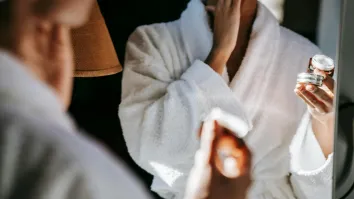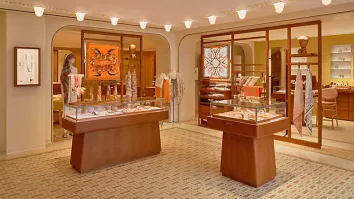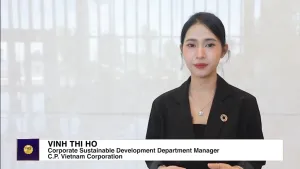
How can Aussie supermarkets win back weary customers wary of prices?
Consumers demand transparency as the industry is investigated for price gouging.
Australian supermarkets are grappling with a trust crisis, as consumers weighed by spiralling food prices press for increased price transparency, amidst a regulatory probe for price gouging that has stretched out for almost a year.
In September, the country’s competition regulator sued Coles Group Ltd. and Woolworths Group Ltd., Australia’s two biggest grocery chains, over claims they misled shoppers with imaginary discounts on hundreds of basic products.
The Australian Competition & Consumer Commission (ACCC) alleged the companies misled consumers by using their “Down Down” and “Prices Dropped” claims in cases where the prices of items such as Coca-Cola were actually higher than, or the same as, the original price.
“The discounts were, in fact, illusory,” ACCC Chairperson Gina Cass-Gottlieb said in a statement. “Many consumers rely on discounts to help their grocery budgets stretch further, particularly during this time of cost of living pressures. It is critical that Australian consumers are able to rely on the accuracy of pricing and discount claims.”
The ACCC said Woolworths inflated prices on 266 products over 20 months, whilst Coles did the same with 245 products over 15 months.
The allegations come as the broader supermarket sector gets scrutinised by the regulator. The ACCC in a report published last month said its inquiry found that Aussies, especially those from low-income households, are skipping meals or buying less food, as rising prices force them to rethink their shopping habits.
Supermarket retailing in Australia is an oligopoly, with Woolworths and Coles accounting for 67% of sales, according to the report. Aldi accounts for 9% and Metcash-supplied independent supermarkets hold 7%.
“Oligopolistic market structures can limit incentives to compete vigorously on price,” ACCC Deputy Chairman Mick Keogh said. “We see Woolworths and Coles providing a broadly similar experience to customers through largely undifferentiated product ranges, pricing at similar levels and similar non-price offerings including loyalty programs.”
The price of a typical basket of groceries has increased more than 20% in the past five years, the ACCC said. Its consumer survey showed that most Aussies from low-income households spend more than 20% of their net income on groceries.
In August, Australian retailers struggled with slow discretionary spending despite a slight increase in consumer spending from a year earlier. The Australian Bureau of Statistics (ABS), as reported by the Australian Retailers Association, said retail spending grew by 3.1% to $36.48b.
Whilst supermarkets have cited rising operational costs, suspicions are growing that they are setting unnecessarily high prices.
Many consumers are increasingly comparing grocery prices online before going shopping, the ACCC said. “Many consumers have told us that they are losing trust in the sale price claims by supermarkets,” Keogh said.
“These difficulties reportedly arise from some of the pricing practices of some supermarkets, such as frequent specials, short-term lowered prices, bulk-buy promotions, member-only prices, and bundled prices.”
Many grocery suppliers have also reported receiving prices below the cost of production and have little choice but to agree to highly unfavourable terms imposed by the grocery chains.
“The issues raised by a number of suppliers are concerning,” Keogh said. “We are using our compulsory information-gathering powers to examine this reported behaviour by the supermarkets, and will include any findings in our final report.”
The regulator noted that during the remaining months of its inquiry, it would scrutinise whether, and if so how, supermarkets might be using market power, and the economic implications this has for Australian consumers and suppliers.
The ACCC will present the results of its analysis in a final report due in February 2025.
Questions to ponder:
1. How can supermarkets avoid misleading advertising and improve price transparency?
2. What can they do to balance costs and retail prices?

















 Advertise
Advertise







